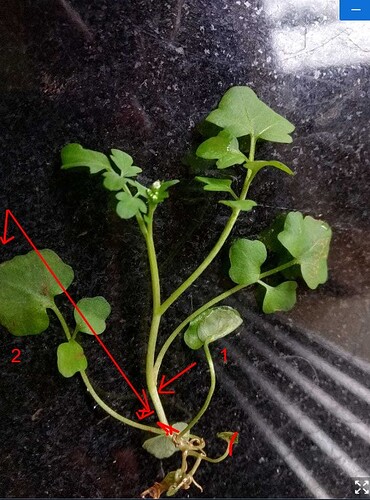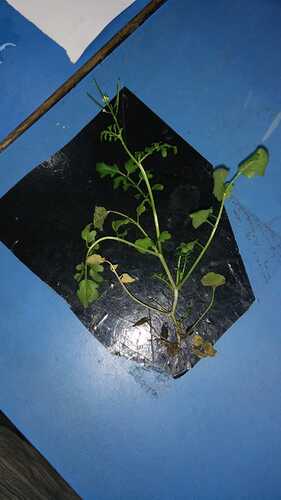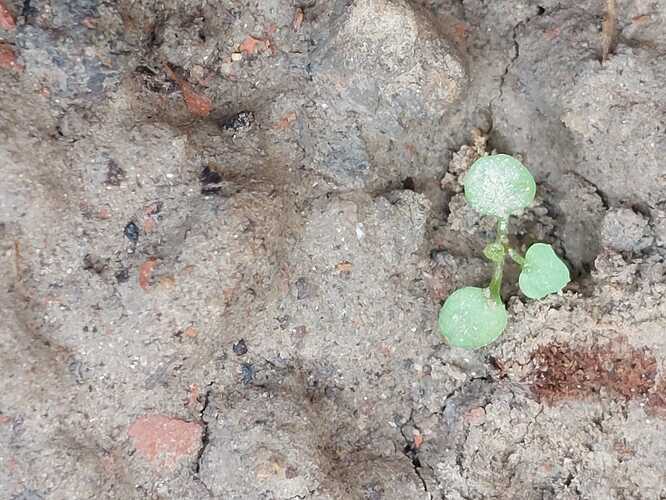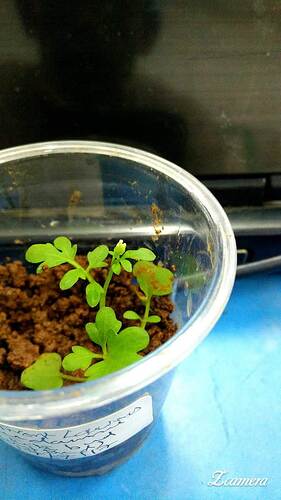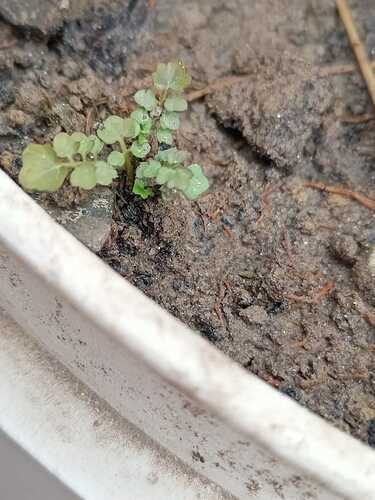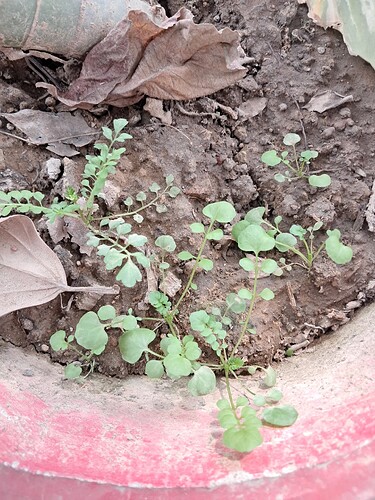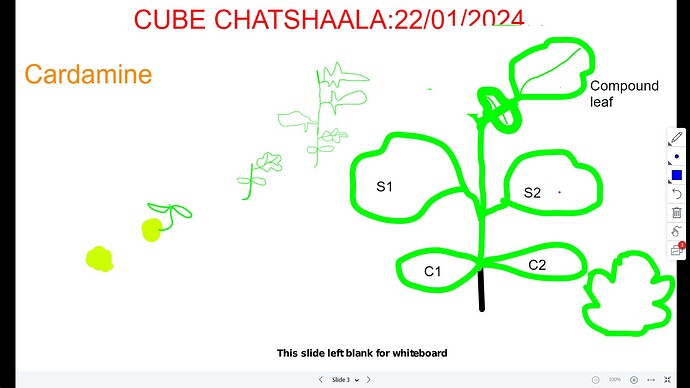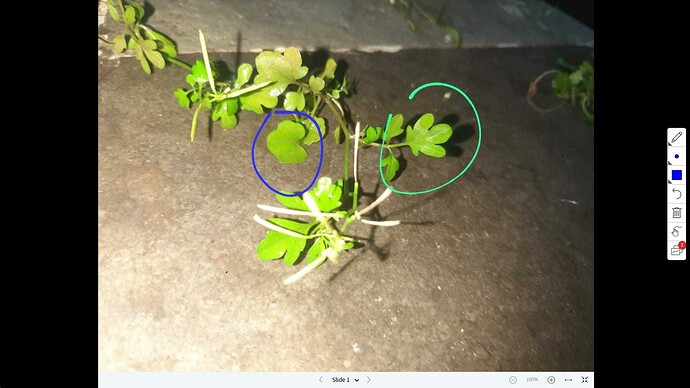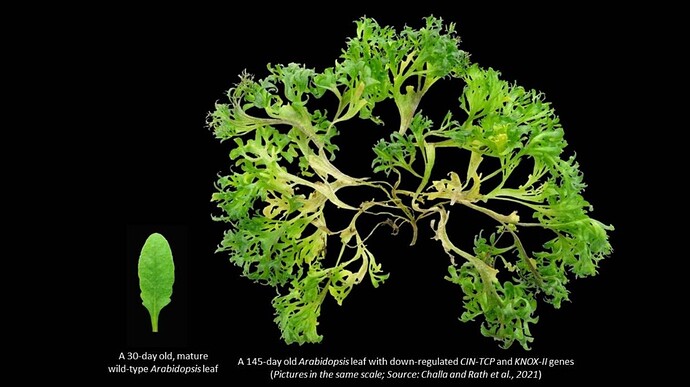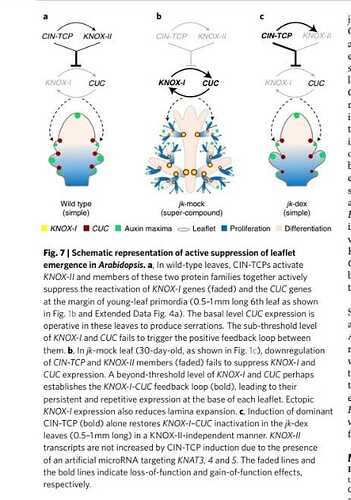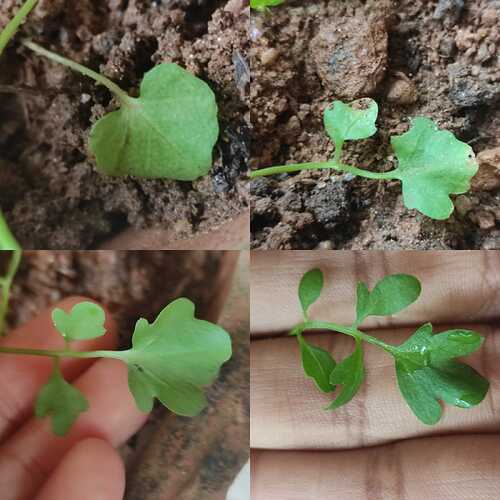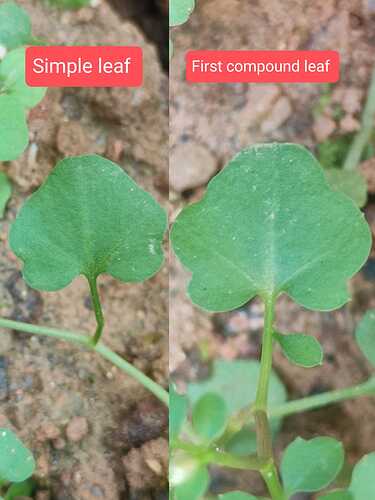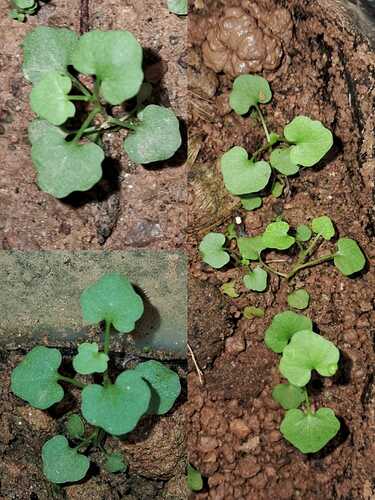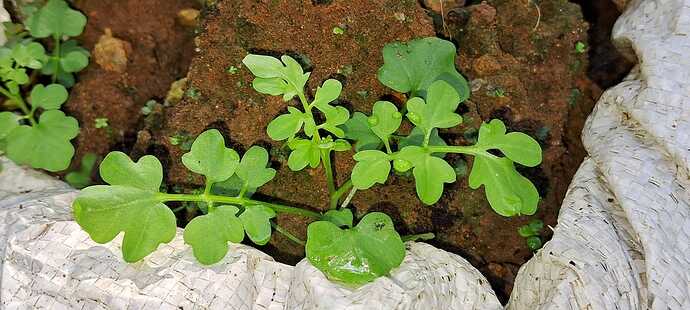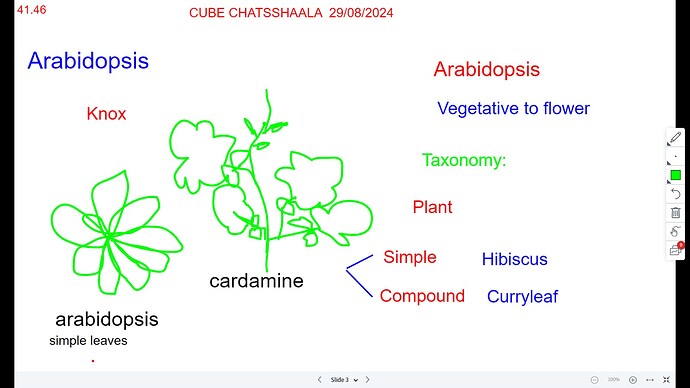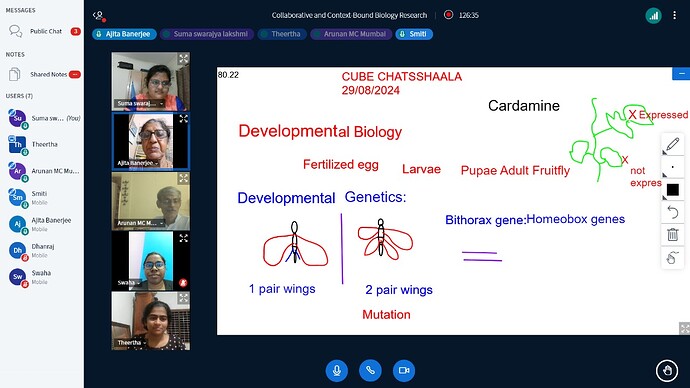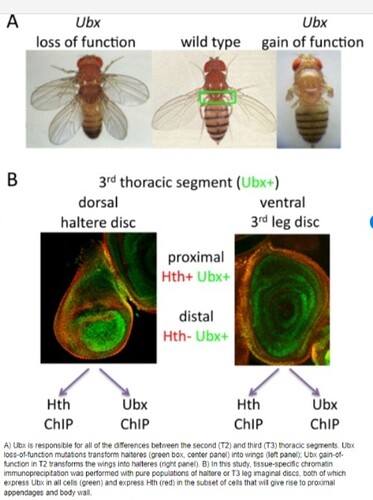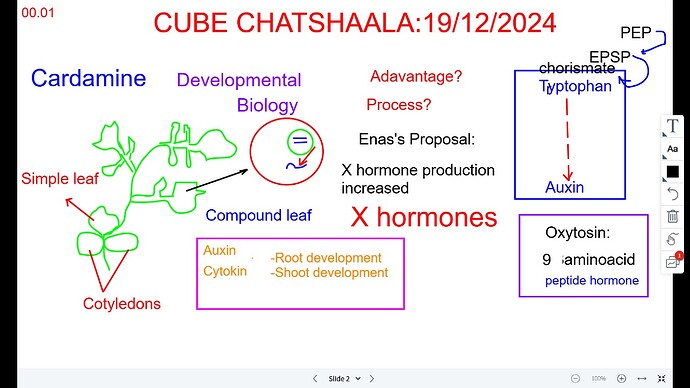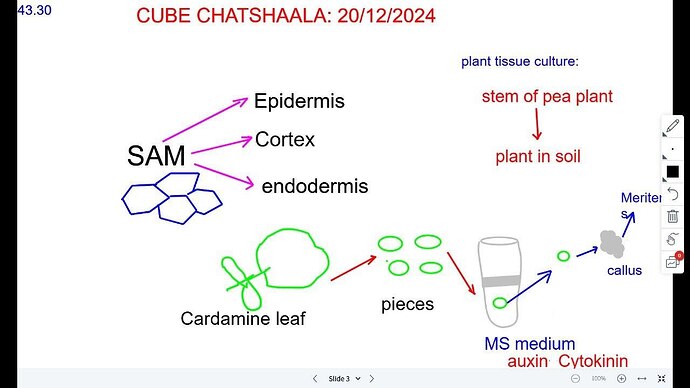![]() How do we know which is simple and compund leaf?
How do we know which is simple and compund leaf?
![]() Why compund leaf is splitted into many leaflets? Is there any specific reason for it?
Why compund leaf is splitted into many leaflets? Is there any specific reason for it?
![]() Do we know the pattern of leaf in cardamine based on its emergence? As per my (@shalinisharma98 )understanding, the compund leaves that are emerging first, they are having less number of leaflets while the leaves that are emerging later they possess more leaflets compared to early emerged leaves, What could be reason behind it?
Do we know the pattern of leaf in cardamine based on its emergence? As per my (@shalinisharma98 )understanding, the compund leaves that are emerging first, they are having less number of leaflets while the leaves that are emerging later they possess more leaflets compared to early emerged leaves, What could be reason behind it?
The above Summary was by @shalinisharma98 .Do you agree @Abhi0703 ?
Are we clear about the leaf types in cardamine!? @shalinisharma98 @Abhi0703 @Enas & others.
Following are the cardamine photos from CUBE homelabs.
Cardamine complexity of leaf morphology Ref. Chatshaala discussion @shalini CUBE @Theertha @Smiti for maintaining continuity. From CUBE Archives. Photo mcarunan.
Cardamine first true leaf 27/1/24.I had sown the fresh Cardamine seeds sent to me by @Theertha on 6thDec’23.So the seeds germinated after 52days of dormancy.Homelab Kolkata BatulP
Photo of a cardamine plant from CUBE LAB, HBCSE, Mumbai featuring the emerging bud. Can you guess which leaf stage the plant is at? What is the leaf shape of cardamine called? Date: Unknown (Probably of 2017). Source: Archive.
Update on cardamine plant
Date:- 01-02-2024
Time:- 04:00 pm
Photo taken by :- Shalini Sharma (CUBE DSC).
Spotted Cardamine in AND College in one of the pot.
Date : 12th February 2024.
Enas Shirin Fatma.
@Smiti had an interesting worries about her cardamine.
Can you please share your worries regarding cardamine plant that you are having . @Smiti
How many different types of leaves cardamine had ? @Aditya Joshi @Lakshmy CUBE
How simple leaves of cardamine different from compound leaves ?
@~Dhanraj @Aditya Joshi
How the compound leaves of a cardamine different from each other ,does the number of leaf let increase bottom to top . @Smiti.
How many different types of leaves we can find in this picture @Smiti @Aditya Joshi &others .
References shared during chatshaala
- https://metastudio.org/uploads/default/original/2X/9/95f736786313ad875ae4d2ca08bcb70af25b2f3e.jpeg
- https://metastudio.org/uploads/default/original/2X/8/89ef3e04c0edce1cb229a8d0c940e216fb24da72.jpeg
- Cardamine hirsuta - Wikibooks, open books for an open world
Paper published from IISC Bangalore about the transition from simple to compound leaves: Will this help us understand the leaf transition of Cardamine from simple to compound?
In this study, the authors identified two gene families that regulate the development of simple leaves through the proteins they code for, in a plant called Arabidopsis thaliana – a popular model organism in plant biology. These gene families – CIN-TCP and KNOX-II – encode proteins called transcription factors that suppress the formation of new leaflets at the margin, thereby giving rise to simple leaves. The researchers simultaneously suppressed multiple members of the two gene families; this caused the simple leaves to become super-compound leaves that gave rise to leaflets indefinitely. However, when the authors independently suppressed either of the two gene families, the leaves did not turn into compound leaves, suggesting that the genes work in concert. Besides providing insights into plant development, in the long run, the findings could initiate and nurture innovations in the food industry. As Krishna Reddy Challa, a former PhD student at MCB and co-lead author of the study, says, “one could use this technique to alter the shape of the salad leaves as one chooses, or increase their biomass. For instance, you could change the shape of a spinach leaf to look like lettuce.” Indian Institute of Science
How would you explain your research outcomes to the non-scientific community?
Leaves primarily grow in the planar dimension and form the largest biological surface on earth. They can be divided into two types based on their shape; simple and compound. Simple leaves – as found in plants such as spinach, mango, oak, and Arabidopsis thaliana – have a single leaf blade with a smooth, serrated, or wavy margin. On the other hand, leaves of tomato, neem or Cardamine hirsuta form compound structure where leaf blade is dissected into multiple leaflets. Though scientists have converted compound leaves to simpler or more complex forms by genetic manipulation, no simple leaves have thus far been converted to compound form, suggesting that our understanding on the genetic regulation of leaf shape is still fragmented.
Our recent work published in Nature Plants reports the conversion of the simple Arabidopsis leaf into a super-compound form with never-ending leaflet formation.
Following are the Context to curriculum WhatsApp group:
[09/04, 11:04 am] Abhijeet CUBE: Are you saying cardamine had simple leaves earlier and then it changed to compound? @Theertha ?
[09/04, 11:07 am] Arunan sir : @Abhijeet CUBE Let’s post photo of a Cardamine plant.
Surely, we may see different kinds of leaves in the same plant in a certain pattern.
Please post a photo. @Abhijeet CUBE
Let’s all learn together.![]()
![]()
![]()
![]()
[09/04, 11:09 am] Arunan sir : Photos are real catalysts for evidence based scientific discussions. @Abhijeet CUBE @Theertha
Simple leaves are seen in the earlier stages of cardamine, later compound leaves arises,this is what i meant by transition from simple leaf to compound leaves.Photo: Theertha,CUBE Homelab, cherukkad, Kozhikode.
Photo showing Cardamine leaves with a
Simple leaf and a compound leaf.
CUBE Homelab, cherukkad, Kozhikode.
Theertha .
Simple leaves in cardamine.
CUBE Homelab, cherukkad, Kozhikode.
Theertha .
Compound leaves in cardamine.
CUBE Homelab, cherukkad, Kozhikode.
Theertha .
